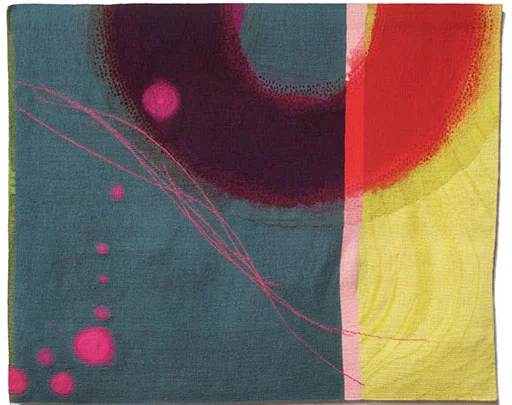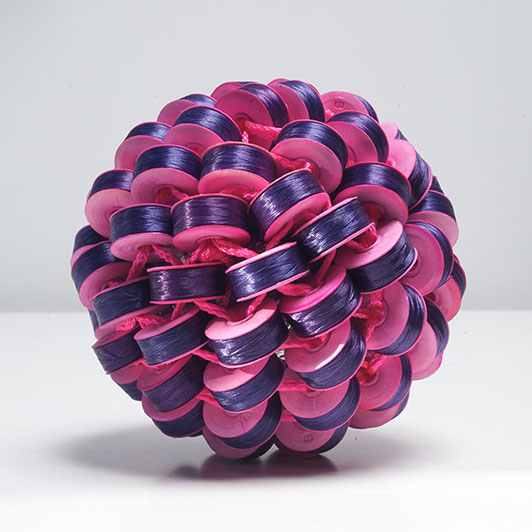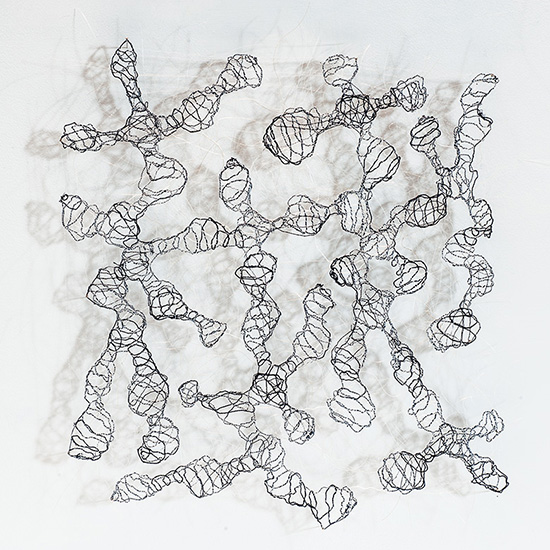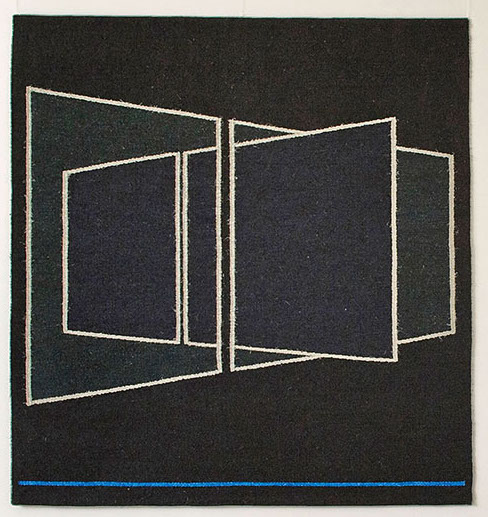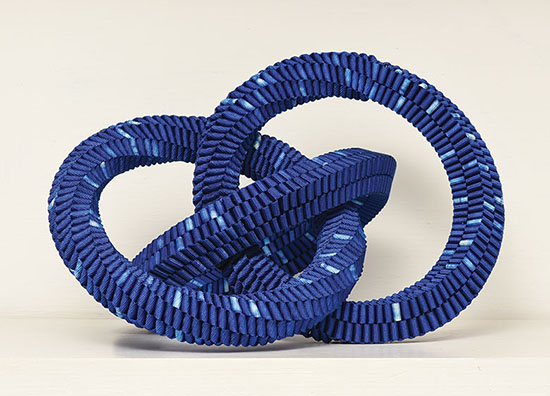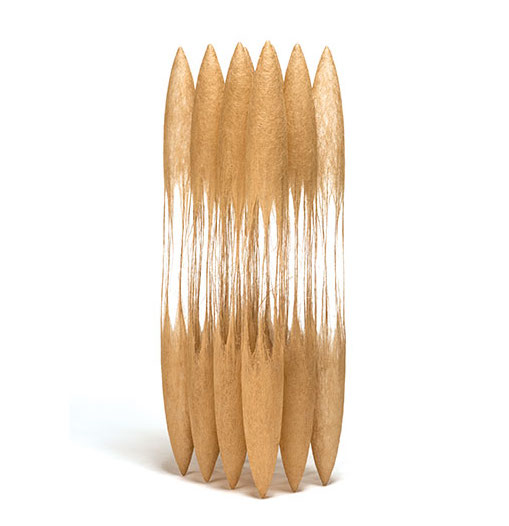Perspective over time - Artboom exhibition catalog essay, BrownGrotta Gallery, 2016
"Artboom: Celebrating Artists Mid-Century, Mid-Career, an exhibition that brings together a group of mature artists, confirms that the creative impulse does not diminish with age.
Gallery directors, Rhonda Brown and Tom Grotta, invited artists born between 1946 and 1964 to take part in Artboom. Reminding the group that they are “Baby Boomers”, they asked for pieces that are “reflective; work that tells us where you’ve come from or where you hope to go; work that illustrates influences, roads not taken or thoughts of legacy and the like”.
Artists who have been active for decades are in a position to reflect and consider a lifetime of aesthetic exploration. They have seen their work presented on gallery walls and in museum spaces. Most have been featured in art journals. All have spent countless hours in studios, alone or with assistants, transforming passive materials into dynamic visual expressions. These are individuals who are deeply grounded in their craft, with an acute understanding of their artistic sensibility.
Perspective over time is what the mature artist has to contribute. A recent MFA graduate is fundamentally starting from scratch. They may have clearly delineated interests and sense of direction, but their ideas have not been tested, even to themselves. In dramatic contrast, older artists can reflect on years of work, while also looking ahead. They have proven themselves repeatedly with each new piece.
Perspective enhances possibilities. It gives a maker a footing to build on. Work imagined by older artists often reflects a sense of confidence, even when it is the result of experimentation. With experience comes the ability to handle open-ended situations, to move forward without a defined end point. Perspective grounds and guides the mature artist, supporting authentic growth.
It is too easy to jump to conclusions or turn to worn out clichés when discussing mature artists. Museums and alternative spaces often offer themed exhibitions of young artists. There is a perception that the domain of innovation is solely affiliated with youth. Brown and Grotta, on the other hand, are unique in understanding the merits of the work generated by artists who have had a lifetime of experience. They have championed these artists for years and know them well. Unmoved by trends and fashions in the art world, Brown and Grotta know not only the contributions these individuals have made, but also that each of them still has much more to offer.
What is particularly distinctive about these artists is that they are eminent in their field. Many of them came of age when fiber was starting to be defined as a valid form of expression. It was a moment in art history buoyant with possibilities. “Art” was no longer exclusively something that was paint on canvas or forms made from carved stone or built from metal. Weaving, basket-making techniques, or other related means of fabrication were now seen as ways to create work for a wall, build a sculpture, conceive an installation, or support a performance.
The artists who embraced these possibilities were the progressives of their time. Perhaps more open-minded than their peers, they were willing to take chances and move into uncharted territories. “ Curators and scholars were quick to recognize these new fiber works in the 1960s and 70s. Museums helped define the field with impressive exhibitions, which generated enthusiastic critical attention.
This is the legacy of the artists in Artboom. Their early works not only reflected personal interests and concerns, but also built a new field of art. Each contributed to something larger than their own creative vision. Many became teachers and were faculty in the first wave of fiber departments in art schools around the world. They also understood that they are part of a movement, participating in conferences and leading workshops.
All of these artists were influenced by this history. Yet they also all have personal intentions that shaped their work. As they reflect on the past and consider the future, some refine concepts previously explored, while others look in new directions. None have expressed any interest in retiring from the studio.
As these artists continue with their careers, they must navigate a field obsessed with youth. Yet at any given time there have been older artists who have remained in the spotlight. Louise Bourgeois and Alice Neel, two extremely different creative forces, produced some their most compelling works in the last decades of their long lives. Even as their physical strength declined, their intellectual capacity became deeper and more cultivated. Bourgeois, Neel and others like them, made it clear that being cutting edge or provocative is possible at any age.
The works in Artboom are all vigorously focused and most are labor intensive. They affirm that age does not limit an artist’s ability to conceive and generate art with a heightened sense of concentration. Many of these artists have long been interested in exploring fabrication techniques and understanding the possibilities of soft materials. These concerns are still seen in Artboom.
This catalog, and the exhibition it supports, offers an uncommon opportunity for the viewer, the reader, and the artists. Most exhibitions of older artists are career retrospectives. Brown and Grotta have curated to acknowledge the mature artist from a different perspective. These individuals have been asked to create work that represents them now, but also reveals history and possibilities. While deceptively simple in concept, Artboom offers a thought-provoking encounter that challenges assumptions about art, age, relevance, self-expression, and creativity."

